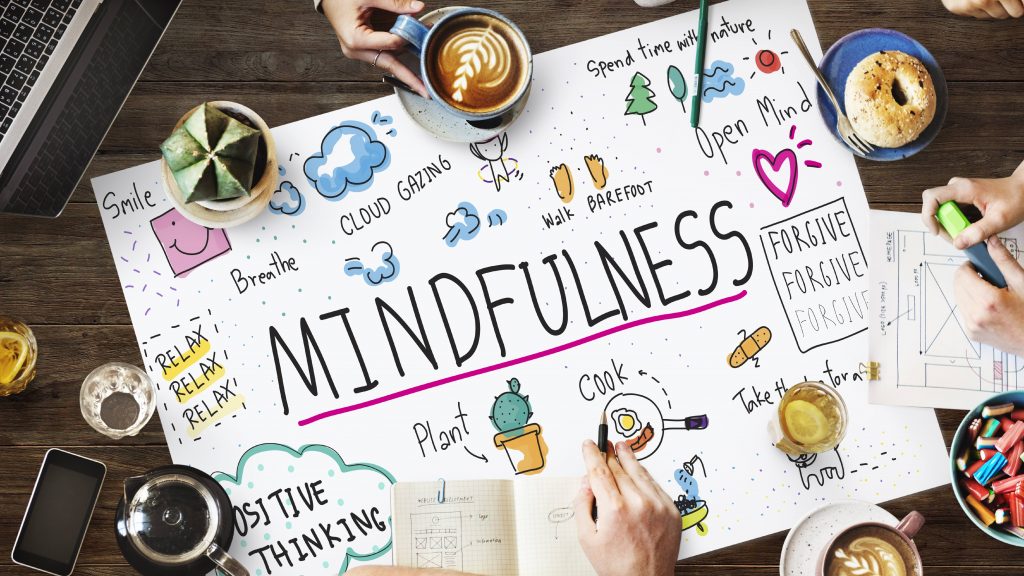-
COVID-19
Connecting Patients: Tips to cultivate mindfulness at home
While social distancing, many of us face a common problem — our home environments are becoming too familiar.

This article is authored by Stella Tran, Ph.D., a clinical neuropsychology postdoctoral fellow at Mayo Clinic in Florida. She wrote this article for the Mayo Clinic Connect community.
___________________________________________
Remember when the living room couch felt like an inviting place of repose after a completing the day’s errands? Now that that pandemic has taken hold of our routines, that same couch may feel less like a reward. Your house slippers, which you used to wear only at night, have now become your daily kicks. The rest of your footwear is gathering dust.
When we shelter in place, our relationship with our place of shelter changes.
Yet closer proximity to everyday, boring objects offers an opportunity to be intentional and mindful of the spaces we occupy. To borrow the language of art, we can make “the familiar strange.”
Within the confines of our familiar walls, you can still find many things to explore. Here are some ideas of how to apply the principles of mindfulness to unlock familiar strangeness.
The Museum of Your Home
We all accumulate a lot stuff over time. Consequently, we are surrounded by artifacts from our lives that have gone unnoticed for years. Take a moment to identify and appreciate an object from your past. Do you have an heirloom from a parent? Do you have a drawing from a grandchild? Do you have a series of portraits on your fireplace mantle that you usually pass without notice? What is the story of that item? Share that story with a friend or family member, in person or via video call, and invite them to share their object’s story with you.
Mindful Activity
Identify a regular activity where you can commit full presence and awareness. Washing dishes is a great activity to cultivate mindfulness because it’s a multi-sensory experience, and it’s usually done on autopilot. When washing dishes, pay attention to the smell of the soap, the temperature of the water, the sound of the silverware clanking against the sink, the texture and color of each dish. We can use the same principle when washing our hands (for 20 seconds each time throughout the day).
Date Night
Staying at home shouldn’t stop you from sharing a romantic evening with your partner or yourself. Transform your dining room by turning on ambient light, breaking out the special tableware, playing relaxing music, or trying a new recipe. You may even want to change out of those house slippers!
Consuming News
While it’s important to stay updated on local and state recommendations for staying safe, be intentional of where and when you consume news. For some, being inundated with reports about every aspect of the pandemic can be a source of stress. Consider restricting media intake. Watch for a half hour in the morning and/or afternoon, then save your nights for reading or other relaxing activities. Consider designating a stress-free zone (such as the bedroom) and avoid consuming news in these spaces.
We would love to hear your creative ideas on how to be intentional about your living spaces!
Join members in the COVID-19 group sharing creative ways that they're spending time at home.
Information in this post was accurate at the time of its posting. Due to the fluid nature of the COVID-19 pandemic, scientific understanding along with guidelines and recommendations may have changed since the original publication date.
Check the Centers for Disease Control and Prevention website for additional updates on COVID-19. For more information and all your COVID-19 coverage, go to the Mayo Clinic News Network and mayoclinic.org.







